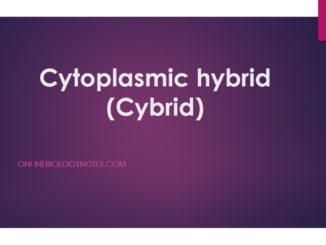
Cytoplasmic hybrid (Cybrid)-applications and limitations
Cybrids Somatic hybrids can be obtained where nucleus is derived from one parent and cytoplasm is derived from both the parents, thus resulting cytoplasmic hybrids, […]

Cybrids Somatic hybrids can be obtained where nucleus is derived from one parent and cytoplasm is derived from both the parents, thus resulting cytoplasmic hybrids, […]
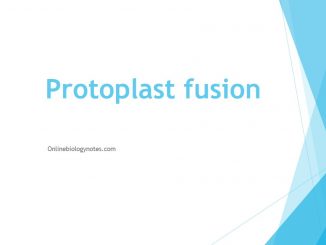
Protoplast fusion/Somatic fusion: Protoplast fusion is a physical method of fusion of somatic cells from different plant to form hybrid. Mixing of protoplasts of two […]
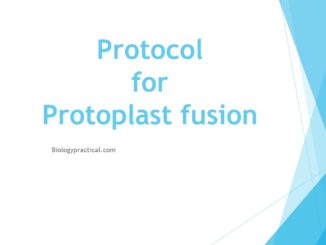
Protoplast fusion by Polyethylene glycol (PEG) method Material: Green leaf (mesophyll) and cultured cells (albino) of N. tabacum PEG fusion solution contains: 22.5% (w/v) PEG […]
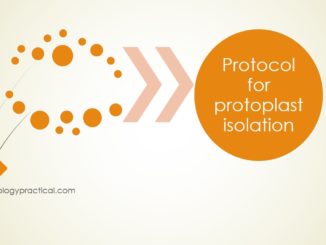
Requirements-materials and reagents Plant materials- leaf of Nicotiana tabacum Cell and protoplast washing (CPW) solution 10% sodium hypochlorite Tween 20 13% mannitol-inorganic salts Enzyme mixture: […]
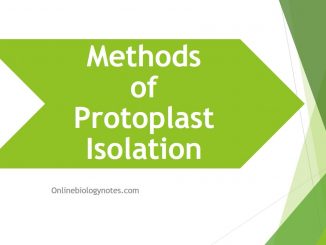
Protoplast Isolation: The protoplast, also termed as naked plant cell refers to all the components of a plant cell excluding the cell wall. The term […]
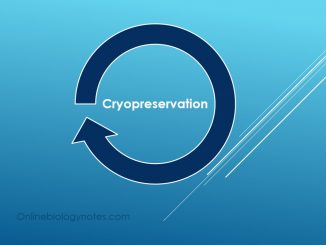
Principle of Cryopreservation: Cryopreservation is a process of preserving or storing cells, tissues, organs or any other biological materials from any potential damage by maintaining the […]
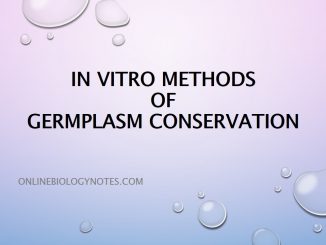
In vitro conservation of plant germplasm In vitro method is an advanced technology of ex situ conservation for the preservation of genetic materials. In vitro […]
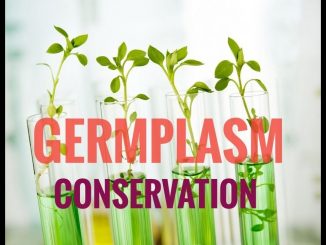
Importance of Germplasm conservation: Germplasm in a broad way can be defined as the hereditary material i.e. total content of genes which is inherited by […]
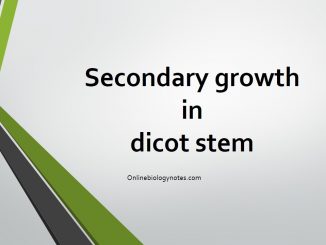
Secondary growth Meristem is responsible for the development of primary plant body. Primary growth increases length of the plant as well as lateral appendages. However, […]
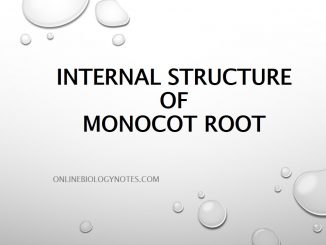
Anatomical structure of Monocot root: T.S. of monocot root shows the following anatomical features: Epidermis/Epiblema/Rhizodermis: It is the outermost layer composed of compact parenchymatous cells […]
Copyright © 2024 | WordPress Theme by MH Themes